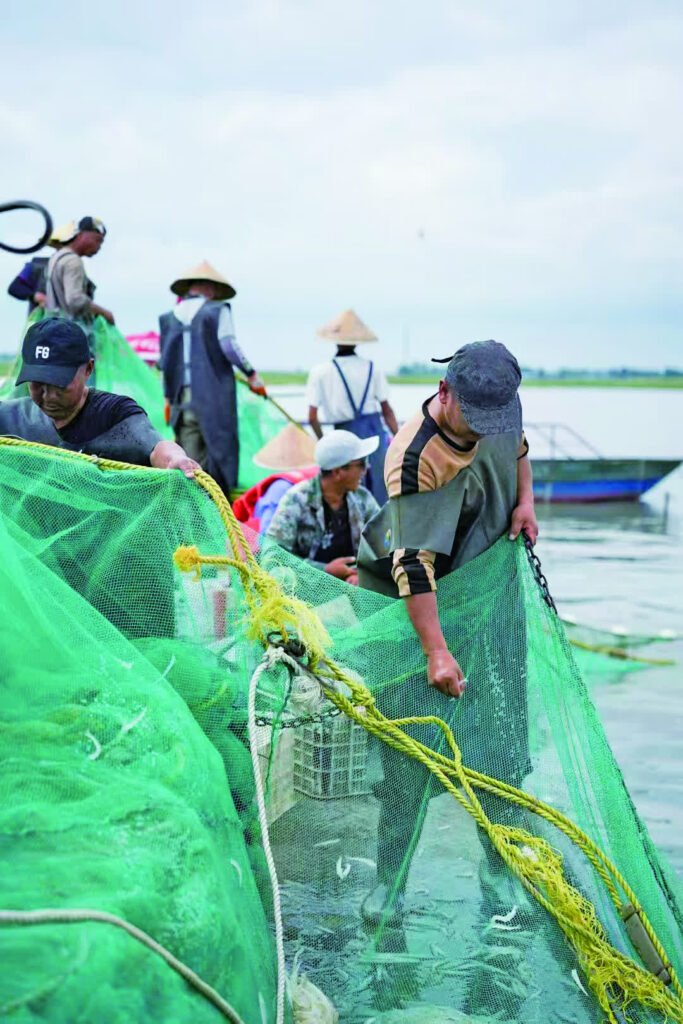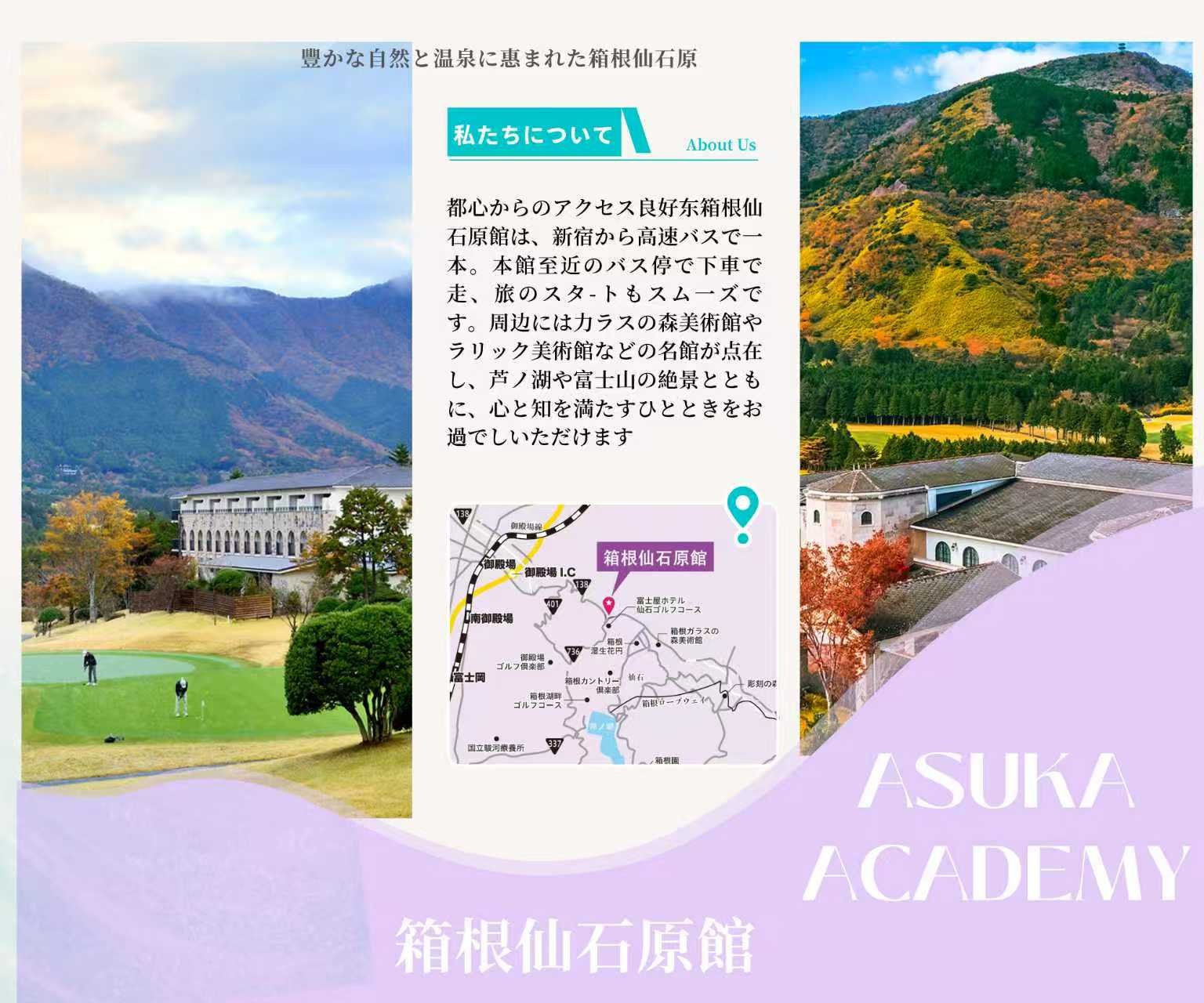Introduction
Between the white mountains and pine waters, the symphony of history and modernity is resonating, stirring up the vigorous movement of Jilin’s revitalization. Just before the launch of the Jilin-Hong Kong-Macau Economic and Trade Exchange and Changbai Mountain Ginseng Promotion event, Jilin Provincial Party Secretary Huang Qiang, in an interview, outlined the province’s revitalization blueprint with a series of inspiring numbers and examples. This land is not only the cradle of New China’s industrial civilization but also a fertile ground for high-quality development in the new era.

Secretary Huang enumerated Jilin’s “treasures”: from the first car in New China, the first aviation school, the first furnace for optical glass, the first electromagnetic electron microscope, the first railway passenger car, the first single-lens reflex camera, to the first ruby laser, the first synthetic rubber, and the first bag of fertilizer… Jilin’s genes are engraved with the courage to “be the first under heaven.”
As time flows, when the mine lamps of Jiapigou Gold Mine illuminate two centuries of history, and when the pseudo-Manchukuo architecture on Xinmin Street in Changchun is being renovated and rejuvenated, this province, engraved with industrial civilization and historical context, is opening its embrace to the world with a more open heart.
What You Know About Jilin
You know Jilin as:
The mirror-like Tianchi Lake atop Changbai Mountain, reflecting the majestic backbone of Northeast China;The grand beauty of the winter fishing at Chagan Lake, with fish leaping from the ice in minus 30°C temperatures, boiling with the heat of harvest;One of China’s four wonders — the fairy tale of rime ice and snow-covered trees.

But you may not know how many kinds of magic Jilin has.
This land, located at the geometric center of Northeast Asia, is an important window for the “Belt and Road” initiative to open to the north; it is where General Yang Jingyu sacrificed his life, and the old pine tree marked with bullet holes still stands firm in the wind and snow; it is home to China’s first gold mine — Jiapigou Gold Mine, winding through two centuries of a “gold rush epic”; it is where the Long Spring Film Studio Museum houses reels of film that turned on the light of New China’s film enlightenment; it is where the G331 border line echoes the song of national unity among green mountains and clear waters; it is where 3 out of every 10 astronauts come from; it is where CRRC Changchun Railway Vehicles Co., Ltd. manufactures maglev trains that break the silence, measuring the new frontier of “Chinese speed”…
On this vast land, love is not narrow. There is so much you don’t know about Jilin.
The “Grain Production Code” on Black Land
Key Figures:
One out of every ten jin (0.5 kg) of commercial grain in the country comes from Jilin.
Jilin Province has 40 million mu (2.67 million hectares) of protective tillage area.
Black soil produces golden grains and fragrant rice. “One out of every ten jin of commercial grain in the country comes from Jilin” — this is not just a number’s glory but a promise of black land. In the hinterland of the Songliao Plain, the protective tillage area has surpassed 40 million mu, ranking first in the country. The “Lishu Model” turns straw into the “blanket” of black soil, increasing soil organic matter by 0.1% annually. Grain output has exceeded 80 billion jin for four consecutive years, reaching a historical high of 85.32 billion jin in 2024. The miracle of “black soil becoming more fertile” is unfolding.
In the western part of Jilin Province, in Baicheng, saline-alkali land is no longer “barren land.” Through organic silicon modifiers and intelligent irrigation systems, tens of thousands of mu of saline-alkali land have transformed into high-yield rice fields. The once “ecological scar” has become a “golden granary.” This year, Jilin Province plans to build 10 million mu of high-standard farmland and promote “water and fertilizer integration” over an additional 1 million mu, fully consolidating the foundation of food security.
Changchun Metropolitan Area: A Strong Engine for Regional Coordinated Development
Key Figures:
From “one city” to “one circle.”
The “one-hour commuting circle” covers a population of over 15 million.
In the context of the continuous deepening of the national “Northeast Revitalization” strategy, Jilin Province has proposed a new development pattern of the “Changchun Modern Metropolitan Area.”
What is the “Changchun Modern Metropolitan Area”? It refers to the formation of a large modern metropolitan area centered around Changchun, in conjunction with nearby cities such as Jilin, Siping, and Liaoyuan. Within the “circle,” companies like China FAW continue to focus on technological self-reliance and strive to overcome “bottleneck” problems; Jilin Chemical Fiber maintains its leading position in the global artificial silk market; Siping City has established a standardized base for green food corn covering one million mu, safeguarding the “giant panda” of arable land; Liaoyuan’s sock industry park exports to five continents.
Externally, through the joint construction of Harbin-Changchun and Shenyang-Changchun metropolitan areas, the functional network of Northeast urban clusters is being reshaped, improving the previously fragmented pattern. The “inside-outside” industrial cooperation is seamless
Jilin’s Unique and Valuable Local Specialties
Key Figures:
Rice: Every minute, Jilin produces 8 tons of high-quality rice.
Corn: The golden corn belt enjoys an annual average of 3,000 hours of sunlight.
Ginseng: One ginseng root once sold for 3.26 million RMB.
Gold: Home to China’s top gold mine — Jiapigou Gold Mine.
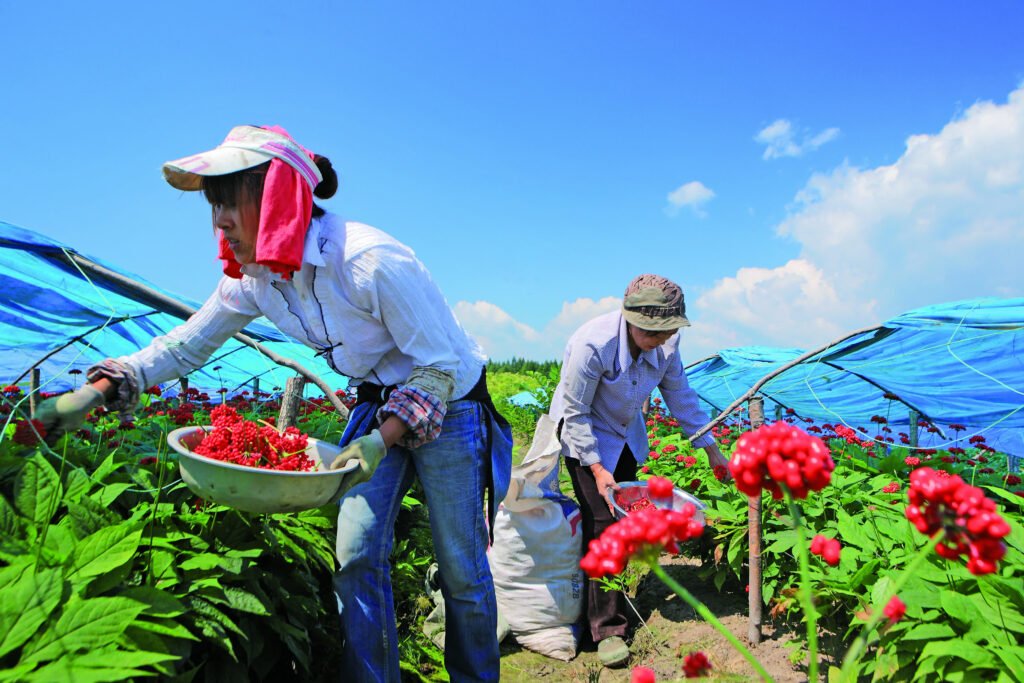
On this black soil, treasures abound. Every second, 38 jin (about 19 kilograms) of premium rice emerge from the fertile lands near the Songhua River, their crystalline grains blessed by the “golden rice belt.” Looking westward, vast cornfields ripple like golden waves under abundant sunlight — Jilin is not only a granary for China, but also a world-recognized golden zone for corn production.
From the fields to the dining table, Jilin’s agricultural products stand strong with their high quality, underpinning national food security. And under Changbai Mountain, the “King of Herbs” — ginseng — continues its legendary tale. A single ginseng root fetching a price of 3.26 million RMB proves Jilin’s unrivaled position: “For ginseng, the world looks to China, and China looks to Jilin.”
As for “gold content,” one cannot ignore Jiapigou Gold Mine — China’s premier gold mine — still delivering brilliance after more than two centuries. Today, Jilin’s “local specialties” are empowered by technology and recognized for their quality, glowing more brightly than ever in this new era.

Innovation-Driven “Jilin Precision”
Key Figures:
A new energy vehicle rolls off the assembly line every 52 seconds.
“Jilin-1” satellites revisit any global location 38–40 times daily.
CRRC’s CR450 train hits a test speed of 453 km/h — “flying close to the ground.”
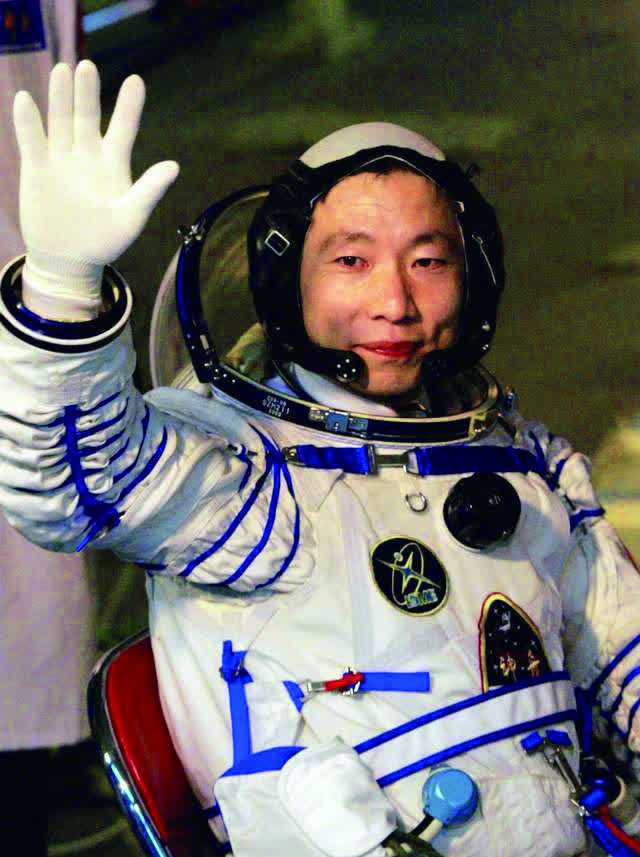
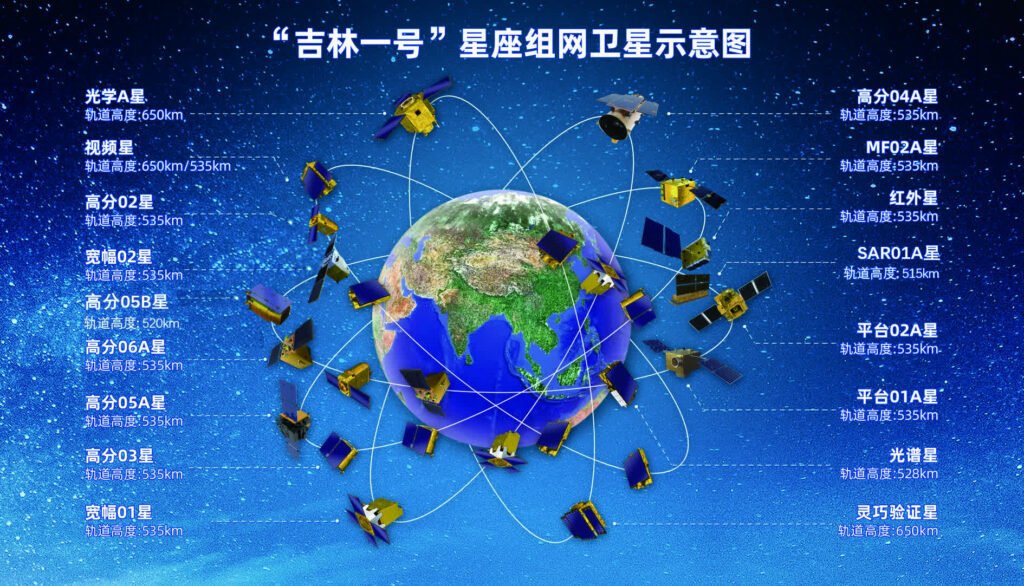

Step into FAW Hongqi’s modern factory, where robotic arms move rhythmically and a new energy vehicle rolls off the line every 52 seconds — “Made in Jilin” is redefining the tempo of industrial change.
Look to the skies: the “Jilin-1” satellite constellation revisits every location on Earth 38–40 times per day, forming a “sky eye” network in outer space.
On land, the CR450 high-speed train developed by CRRC Changchun cuts through the wind at a test speed of 453 km/h. Last year, the world’s first hydrogen-powered urban train successfully completed test runs here. These “sci-fi” trains are pushing the boundaries of “China speed” into new dimensions.
“Jixiang Forest” — The Green Answer Sheet from Jilin
Key Figures:
Annual mineral water production: 8 million tons — enough bottles to circle the equator 70 times.
Daily oxygen output from Changbai Mountain: 120,000 tons.
Wild Siberian tiger population has nearly doubled in 5 years, increasing by 4–5 annually.
Jilin’s “green ledger” grows richer by the year. With forests of Korean pine and broadleaf trees forming an ecological tapestry, the province’s forest coverage reaches 45.2%, acting as a “green bank” that yields rich dividends from ecological civilization.
As one of the world’s three golden sources of mineral water, Changbai Mountain releases 400,000 tons of high-quality spring water daily. In the Northeast Tiger and Leopard National Park, over 150 wild Siberian tigers and leopards roam and reproduce. Meanwhile, forest-derived products from under-canopy economies amount to over 10.62 million tons annually.
From “green water and lush mountains” to “golden mountains and silver mountains,” every green leaf on this black soil adds value.
“Absolute Heat” of the Ice and Snow Economy
Key Figures:
Jilin has the highest number of national ski resort destinations in China.
Beidahu Ski Resort: Asia’s largest; maximum daily capacity: 30,000 people.
Chagan Lake Winter Fishing: Record single-net haul of 260,000 kg — enough to fill 13 trucks.
At minus 30°C, ice and snow have sparked a trillion-yuan industry and drawn tens of millions of tourists. During the 2024–2025 snow season, 170 million tourists visited Jilin, generating more than 295 billion RMB in tourism revenue.
Jilin’s 68 ski resorts and 351 trails stretch like silver strings, with the number of national-level ski resorts ranking first in the country. Beidahu, Asia’s largest ski resort, can accommodate up to 30,000 visitors per day.
Jilin is also a vital training base for China’s winter sports athletes. It has cultivated Olympic champions like Wu Dajing and Zhou Yang, and renowned ski athletes like Qi Guangpu.
At the ice-bound Chagan Lake, a thousand-year-old winter fishing tradition lives on. A new record was set with a single net pulling in 260,000 kg of fish. Jilin now leads the country in total ice and snow tourism volume, number of related enterprises, and participants in winter sports.
By 2030, Jilin aims to attract over 300 million snow-season tourists with total spending projected to exceed 540 billion RMB.
Here is the final part of the English translation, covering the remaining sections of the original text:
The “Iron Caravan” of Northward Openness
Key Figures:
Out of every 5 king crabs imported to China, 4 enter through Hunchun Port.
The “Changchun-Manzhouli-Europe” (Changman-Europe) freight train is two-thirds faster than sea shipping and only one-fifth the cost of air freight.
King crabs “crawl” into Hunchun Port while Hongqi cars “race” to European stations. The “Changman-Europe” freight train roars along the tracks, reducing transport time by two-thirds compared to sea freight and slashing costs to just a fifth of air freight. These trains carry Hongqi cars deep into the heart of Europe.
At Hunchun Port in Jilin, 90% of king crabs in the Chinese market pass through here before reaching nationwide consumers.
Across Jilin, efforts are intensifying to develop major open platforms like the Changchun New Area and the Hunchun Comprehensive Bonded Zone. A multidimensional, multilayered, and wide-ranging opening-up structure is taking shape. From being a landlocked inland province in Northeast China, Jilin is transforming into a strategic hub — connecting eastward to the Western Pacific and westward into the heart of Eurasia.
“Three Places, Three Cradles” — Driving Forces of Jilin
Key Figures:
Around 3 of every 10 Chinese astronauts received training in Jilin.
The total length of film stored at the Changchun Film Studio Museum equals a round trip on the Beijing–Hong Kong–Macau Expressway.
On average, there is one historical site every 20 square kilometers.
The “Three Places, Three Cradles” not only mark Jilin’s historical coordinates but also serve as powerful engines for modern development.
Historically:
The birthplace of the Northeast Anti-Japanese United Army.
The starting point of the Northeast Liberation War.
A major support base during the War to Resist U.S. Aggression and Aid Korea.
Industrially:
The cradle of China’s automobile industry.
The cradle of New China’s film industry.
The cradle of China’s aviation industry.
Today, these cultural legacies are being transformed into tangible, experiential assets. The Changchun Film Studio Museum holds 1,723 film reels and 27,652 rolls of film — together, their total length equals a round trip on the Beijing–Hong Kong–Macau expressway, documenting half the history of Chinese cinema.
In museums like the Siping Campaign Memorial and the Four Defenses of Linjiang Memorial, helmets and artifacts recount tales of Jilin’s wartime heroes. On Xinmin Street, historic buildings are restored with care, while monuments like the Stele of King Gwanggaeto still stand tall, chronicling the glory of the Goguryeo dynasty.
Jilin’s Air Force Aviation University has trained outstanding astronauts like Wang Yaping, Yang Liwei, Zhai Zhigang, Jing Haipeng, Nie Haisheng, and Chen Dong — helping power China’s journey to the stars.
Culture: From “Scholars Going North” to Modern Literary Flourish
Key Figures:
In the early days of the PRC, over 20 renowned scholars headed north to teach in Jilin.
In the new era, Jilin University has achieved “three academicians in one year” and is known as a “cradle of university presidents.”
In the 1950s, more than 20 academic masters — including Kuang Yaming and Cheng Fangwu — traveled north, planting the seeds of knowledge and culture in Jilin’s black soil.
That spirit endures today.
Jilin University now celebrates producing “three academicians in one year,” and its Huang Danian Memorial Hall has become a national base for promoting the spirit of scientists. CRRC Changchun has independently developed the world’s first hydrogen-powered urban train.
More than 700,000 university students are currently studying in Jilin. The region’s strength in science and education is continuously converting into innovation, deeply integrating the education, talent, and industrial ecosystems.
Beneath Jilin’s black soil lies the code of civilization. Above its snowfields dances the heat of a new era. From the flames of history to the stars of the future, Jilin’s story is far heavier — and far more passionate — than most would imagine.
